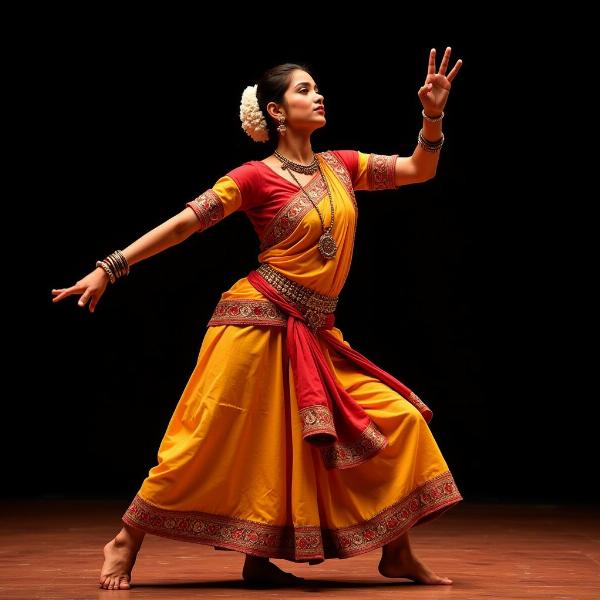The term “tawaif,” often misunderstood, holds a rich and complex history in Indian culture. When you search for the “meaning of tawaif in Hindi,” you’re likely looking for more than just a simple translation. This article dives deep into the nuances of the word, exploring its origins, evolution, and cultural significance. We’ll unpack the common misconceptions and shed light on the true meaning of tawaif in the context of Indian history and societal norms.
The Evolution of the Tawaif: From Courtesans to Artists
The meaning of tawaif in Hindi has transformed over centuries. Initially, the word, derived from the Arabic “taifa” meaning “group” or “community,” referred to a class of highly skilled courtesans in North India, particularly during the Mughal era and into the British Raj. These women were not simply prostitutes; they were often accomplished artists, musicians, dancers, and poets. They held a respected position in society, entertaining royalty and the elite with their talents. Their training was rigorous, encompassing not only the performing arts but also literature, etiquette, and languages.
Misconceptions and Stereotypes Surrounding the Term “Tawaif”
Over time, the meaning of tawaif became increasingly distorted, often conflated with prostitution. Colonial influences and societal shifts contributed to the negative perception, ultimately leading to the marginalization of this community. Today, the term often carries a negative connotation, associating tawaifs solely with sexual promiscuity. This simplified view ignores the complex social and cultural context in which these women operated and the significant contributions they made to the arts.
The Artistic Legacy of Tawaifs: Preserving a Cultural Heritage
Despite the challenges they faced, tawaifs played a crucial role in preserving and promoting Indian classical music and dance forms like Kathak, Thumri, and Ghazal. They were patrons of the arts and nurtured young talents, contributing significantly to the cultural landscape of North India. Their influence can still be seen in the music and dance traditions practiced today. Understanding the true meaning of tawaif allows us to appreciate their artistic contributions and challenge the prevailing stereotypes.
 Tawaif Performing Kathak
Tawaif Performing Kathak
What Does Tawaif Mean in Today’s Context?
While the traditional role of the tawaif has largely disappeared, the word continues to exist in the Hindi language. Its usage often evokes the historical context, bringing with it both the artistic legacy and the negative connotations associated with the term. Understanding this duality is crucial for interpreting the word’s meaning in contemporary conversations and literature.
Tawaifs in Literature and Cinema: Reflecting Societal Attitudes
The portrayal of tawaifs in literature and cinema often reflects the evolving societal attitudes towards them. From romanticized depictions to portrayals that reinforce negative stereotypes, their representation offers valuable insights into how their role and status have been perceived throughout history.
Conclusion: Embracing a Nuanced Understanding of “Tawaif”
The meaning of tawaif in Hindi is multifaceted and cannot be reduced to a single definition. It encompasses a history of artistic excellence, social marginalization, and evolving perceptions. By delving into the historical context and cultural significance, we can gain a more nuanced understanding of this complex term and appreciate the contributions of these women to Indian culture.
FAQ
-
What is the literal meaning of tawaif? The literal meaning of tawaif, derived from Arabic, is “group” or “community.”
-
Were all tawaifs prostitutes? While often associated with prostitution, tawaifs were primarily artists and entertainers, with some also engaging in sexual relationships.
-
What role did tawaifs play in Indian art and culture? Tawaifs played a vital role in preserving and promoting classical Indian music and dance forms.
-
Why does the word “tawaif” have a negative connotation today? Societal shifts and colonial influences contributed to the stigmatization of tawaifs, leading to the negative connotations associated with the word.
-
How are tawaifs represented in popular culture? Tawaifs are portrayed in various ways in literature and cinema, reflecting the changing societal attitudes towards them.
-
Is the term “tawaif” still used today? Yes, the term is still used, often evoking the historical context and associated connotations.
-
Where can I learn more about the history of tawaifs? Historical archives, scholarly articles, and books focusing on Indian social and cultural history offer valuable insights into the lives and contributions of tawaifs.
Meaning-Hindi.in is your premier destination for professional Hindi translation services. We specialize in a wide range of translation needs, including business and commercial documents, legal and certified translations, technical manuals, website localization, educational and academic materials, as well as express and specialized translation services. As experts in Hindi language and Indian culture, we understand the nuances and complexities of terms like “tawaif.” Contact us today for accurate and culturally sensitive translations that meet your specific requirements. Email: [email protected], Phone: +91 11-4502-7584. Connect with Meaning-Hindi.in for all your Hindi translation needs.